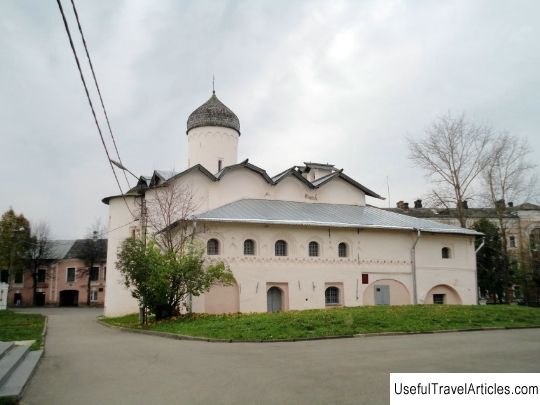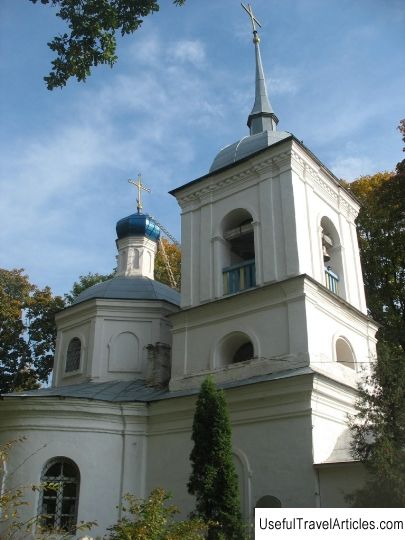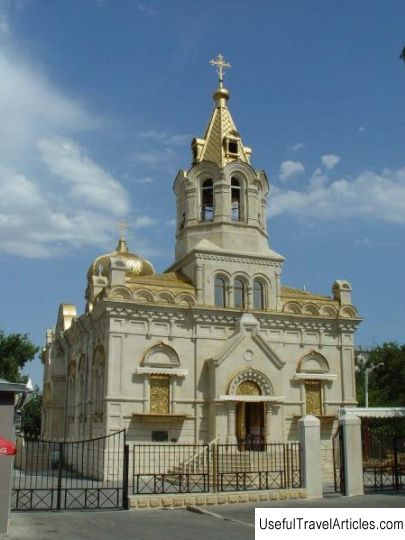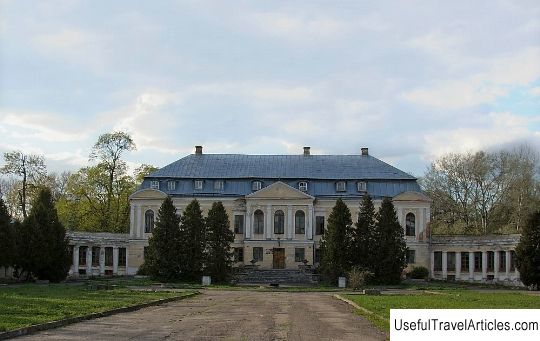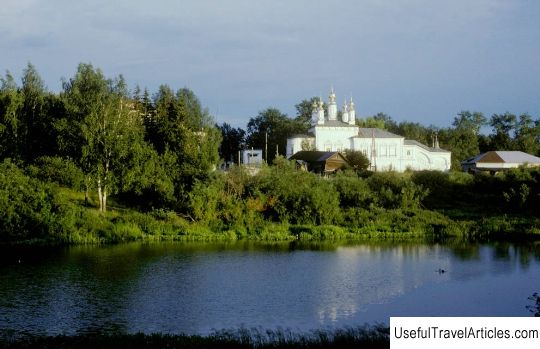Church of the Myrrh-Bearing Women description and photos - Russia - North-West: Pskov
Rating: 9,4/10 (7604 votes) 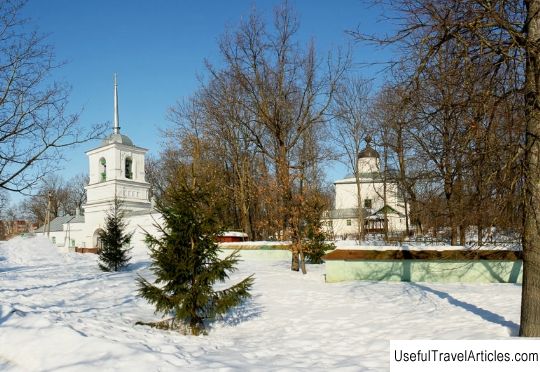
Church of the Myrrh-Bearing Women description and photos - Russia - Northwest: Pskov. Detailed information about the attraction. Description, photos and a map showing the nearest significant objects. Photo and descriptionThe Temple of the Myrrh-Bearing Women is located on a small hill among the plains of Zavelichye and is surrounded on all sides by an ancient cemetery, where grave crosses dating back to the 14-16 centuries have been preserved. Today it is a popular urban necropolis, where the burials of the most prominent residents of the city of Pskov are located. For example, on the northern outskirts of the cemetery is the grave of the restorer-architect, concurrently an expert on various kinds of Pskov antiquities - Spegalsky Yuri Pavlovich, who is an honorary citizen of the city. The entire adjacent territory of the cemetery has a fence in the form of a stone fence with a nearby gate bell tower. In 1537 a wooden church was built, but already in 1543, by order of the Moscow Metropolitan Macarius, a stone church was erected. Initially, the Church of the Myrrh-Bearing Women had an eight-slope roof. According to Academician V. Sedov, the Church of Myrrh-bearing was built in the Moscow-Pskov traditions; Muscovites who settled well in Pskov created in the 16th century a new and original direction in Pskov traditional architecture. As you know, the Church of the Myrrh-Bearing Women is especially famous and occupies an honorable place among the architectural works in the Pskov culture, thereby marking the newest stage in its development. During 1848, a side-altar, consecrated in the name of the Holy Prophet of God Elijah, and on the south side there was a chapel in honor of the Nativity of Christ. The porch appeared in the 19th century. The church has three thrones: the main altar is consecrated in the name of the Holy Myrrh-Bearing Women, the second altar is located on the south side and is consecrated in the name of the Nativity of Christ, and the third - the warm limit - was built by the Pskov merchant Khilovsky Euthymii Alekseevich in 1878 and named in the name of the Holy Prophet Elijah. At the expense of Evfimy Alekseevich in 1855, a stone floor was arranged in the Ilyinsky side-altar instead of the old wooden floor, which was crumbling. Church services were held not only on holidays, but also on Sundays, services were also held on the days of commemoration of the dead or on the orders of city residents. In 1786, the Church of the Myrrh-Bearing Women was assigned to the famous Trinity Cathedral. At that time, the church housed an almshouse with nine people. The main monastery church is large enough for Pskov, and he stands on an extensive basement. The temple is three-apse and one-domed. Even in antiquity, the Church of Myrrh-Bearing had an unusual pozakomarnoe covering, passing along the outline of the vaults; above the southern aisle there was a two-span Pskov belfry. The interior has fully retained the height of all the pillars and has a distinct domed-cross character. The cross arms are overlapped by box-like vaults with undetected supporting arches or “merged vaults” and form a single-type, “hall” space. This kind of Moscow features are especially characteristic of the complex form of the basement, which includes a gallery. A certain landowner Deryugina Anastasia Fedorovna bequeathed a thousand rubles to the temple, which went to the needs and maintenance of the church, as well as the almshouse located with it. The merchant widows of Feodosia Gordeev, Alexandra Penzentsev, Evdokia Vasiliev, Ksenia Pavlova and many others donated money for the same purposes. In 1932, the church was closed, as the contract for the right to use the temple bell tower was terminated. Not far from the church there is a chapel dedicated to the victims of wars and epidemics that swept through the Middle Ages. According to another version, there is a burial of an unknown ascetic under the chapel. In 1955, the restoration of the chapel was carried out under the direction of the architect Skobeltsyn B.S. Today, the Church of the Myrrh-Bearing Women was transferred to the hands of the Pskov Diocese, and an Orthodoxy school for children was opened under it. Father Paul is the rector of the church. A lot of efforts were made to equip the temple. In the church, the iconostasis has become especially remarkable, which was created by the modern icon painter Zinon.     We also recommend reading Ruins of the Hisarya fortress description and photos - Bulgaria: Hisarya Topic: Church of the Myrrh-Bearing Women description and photos - Russia - North-West: Pskov. |
